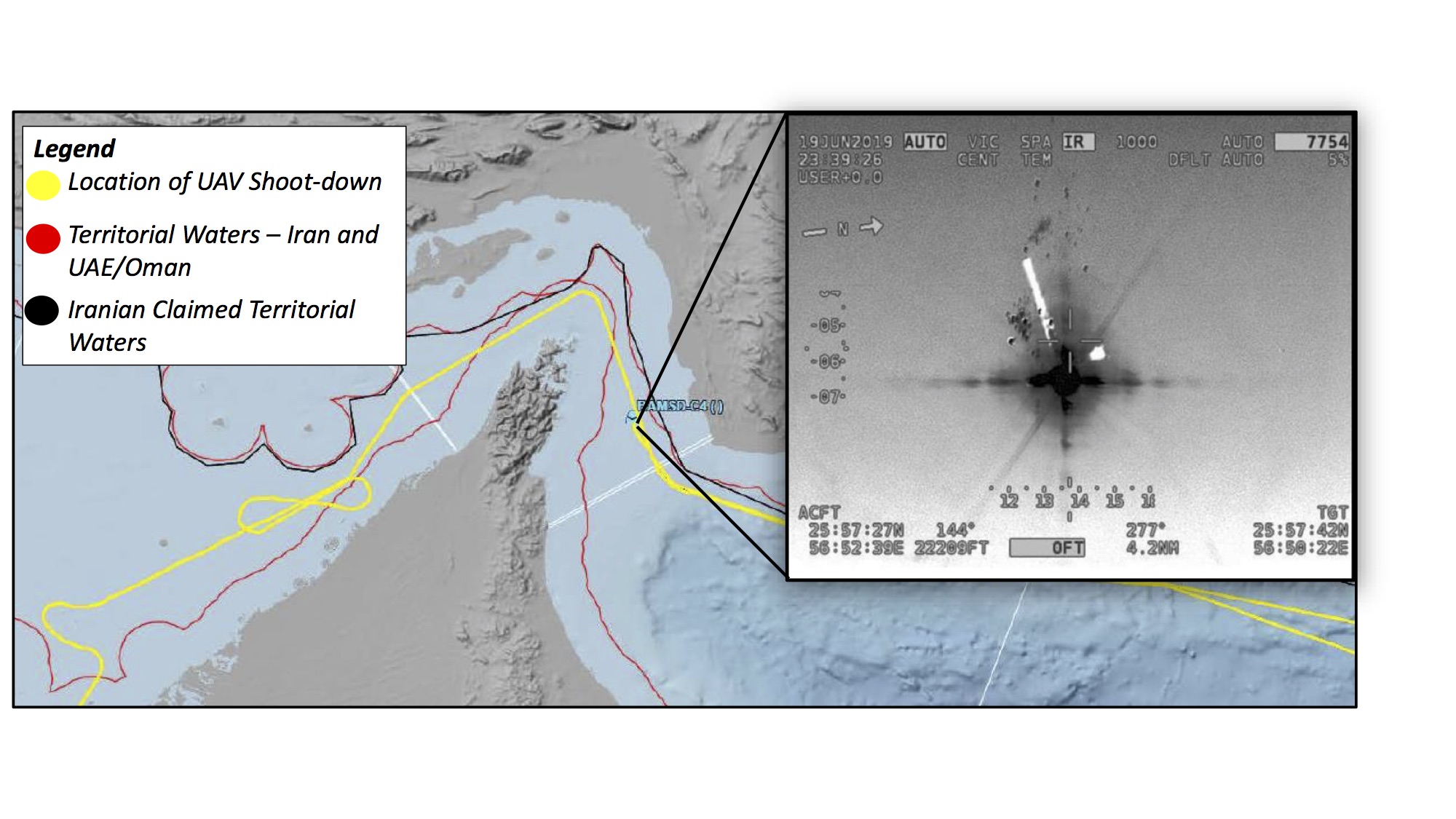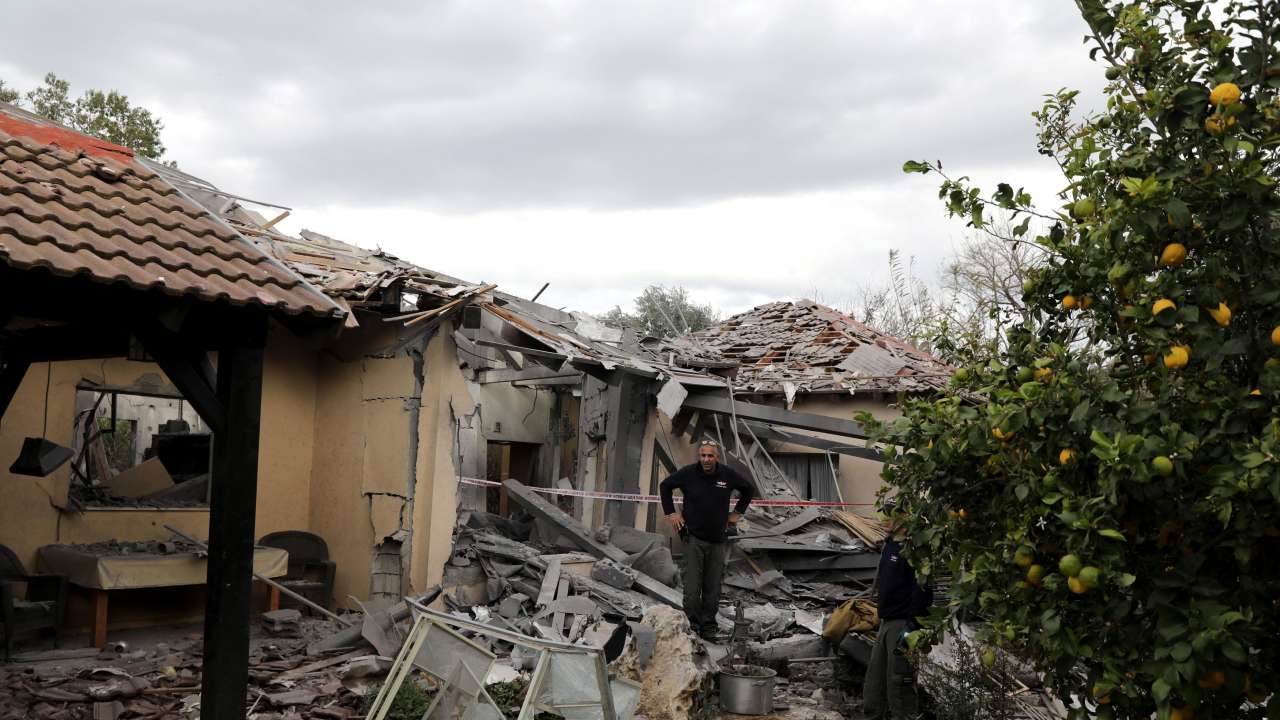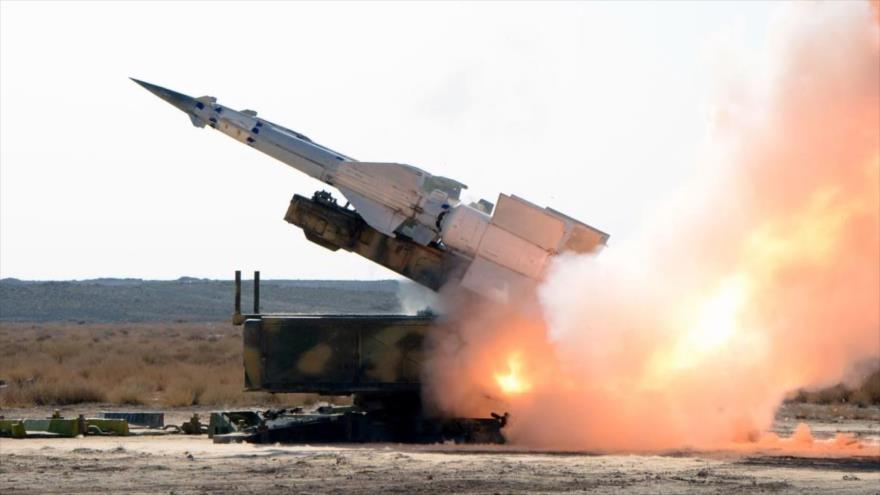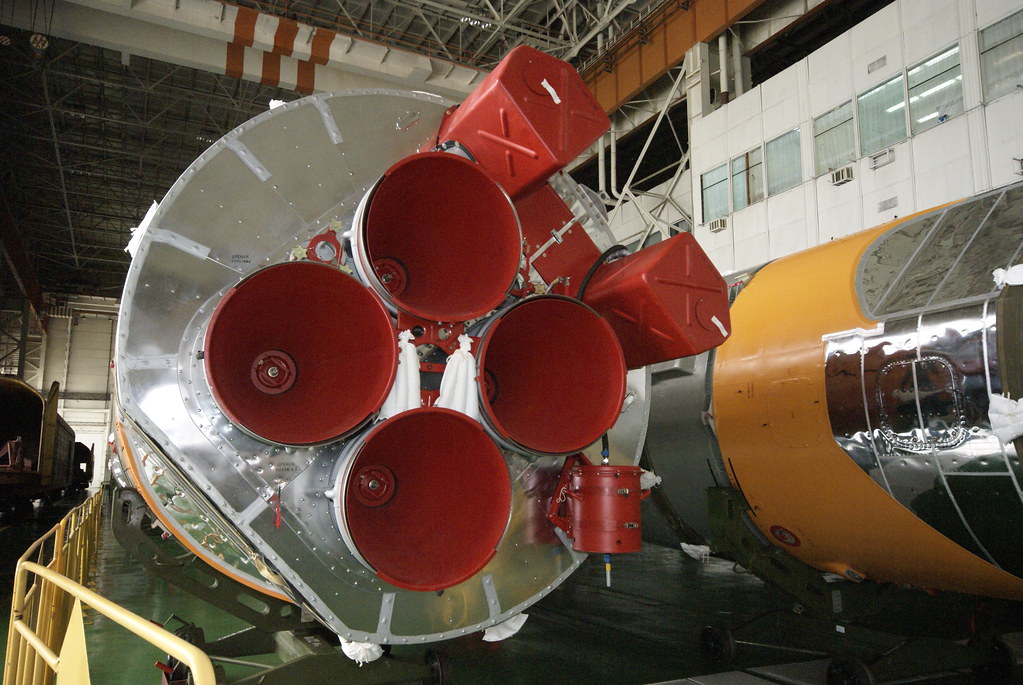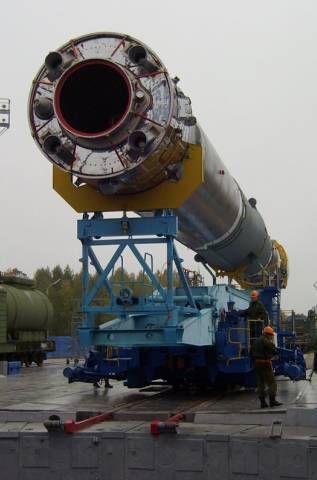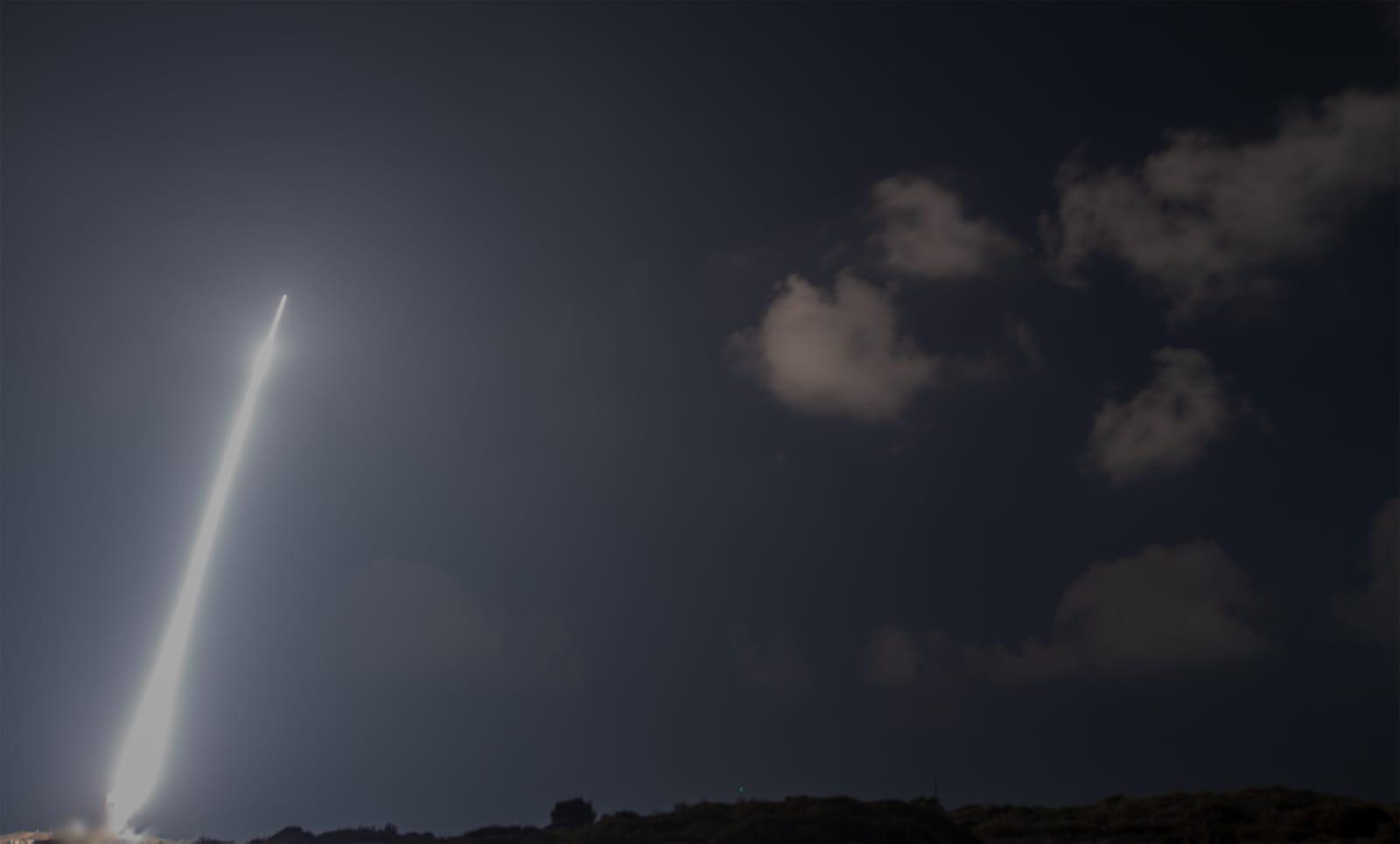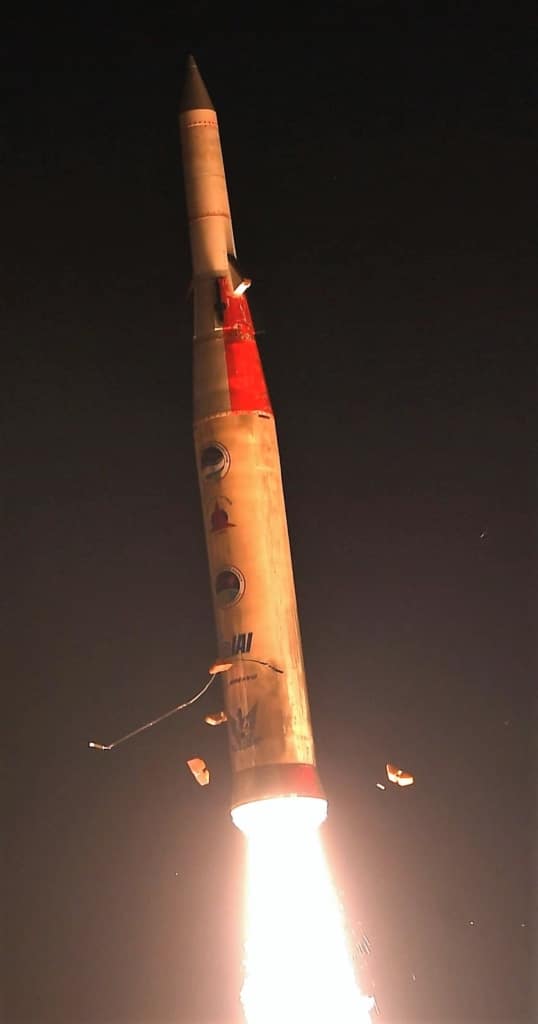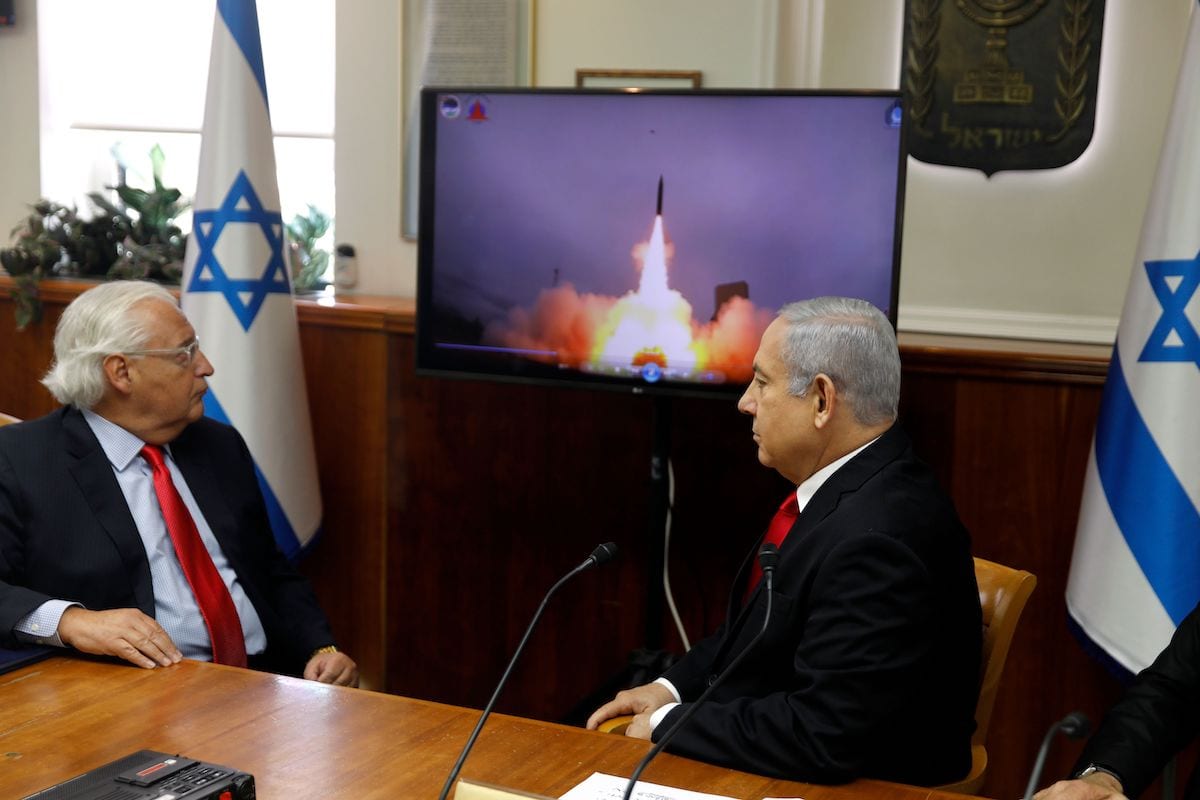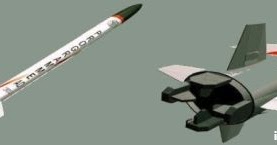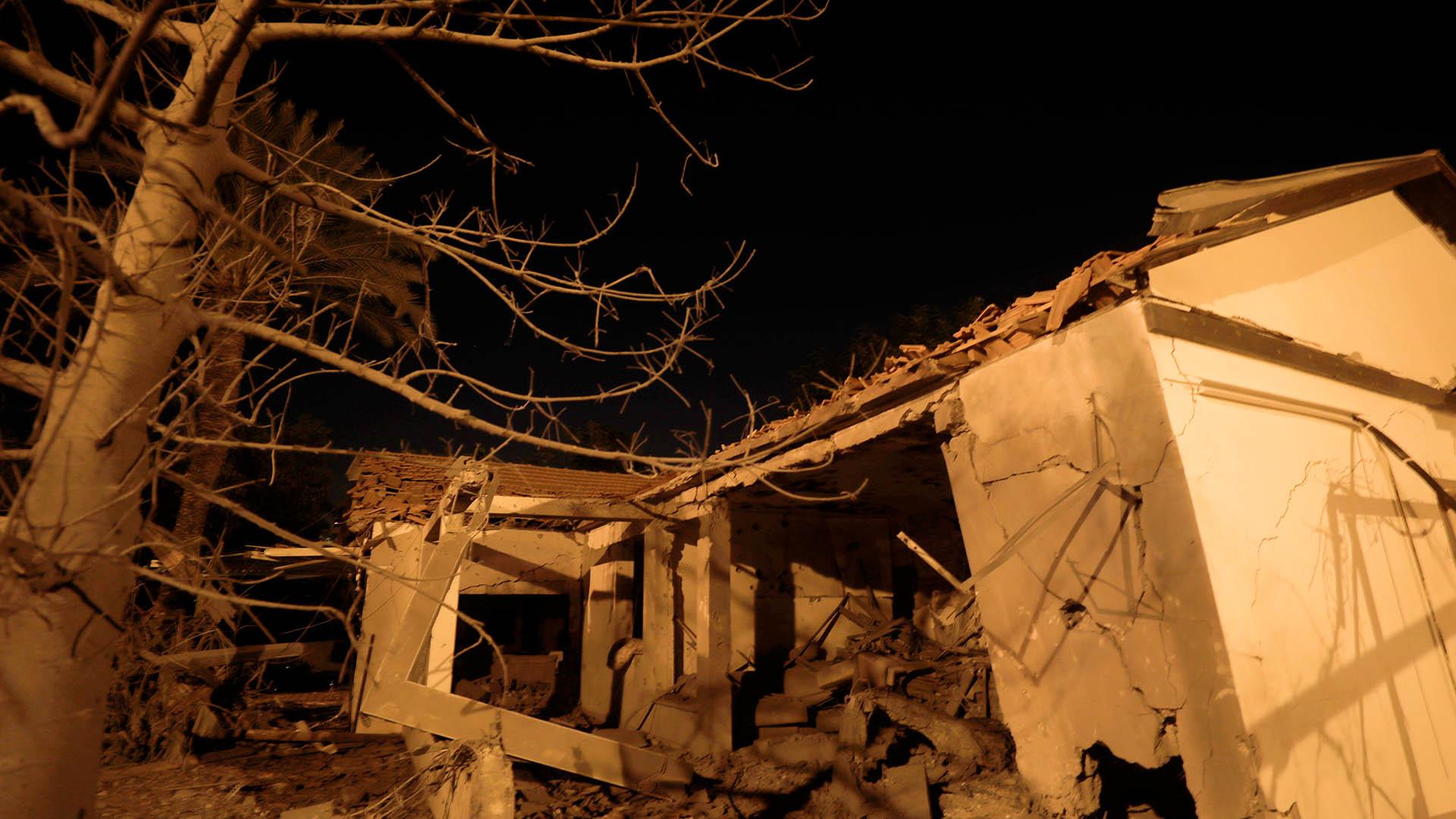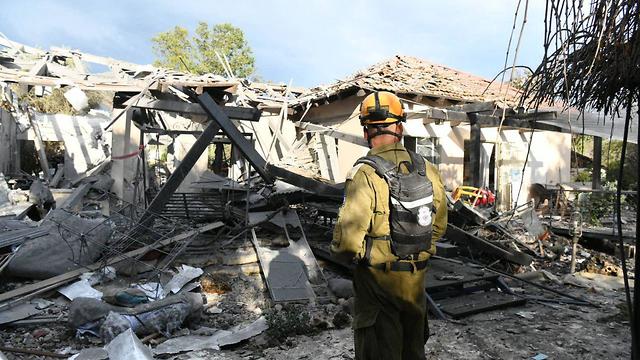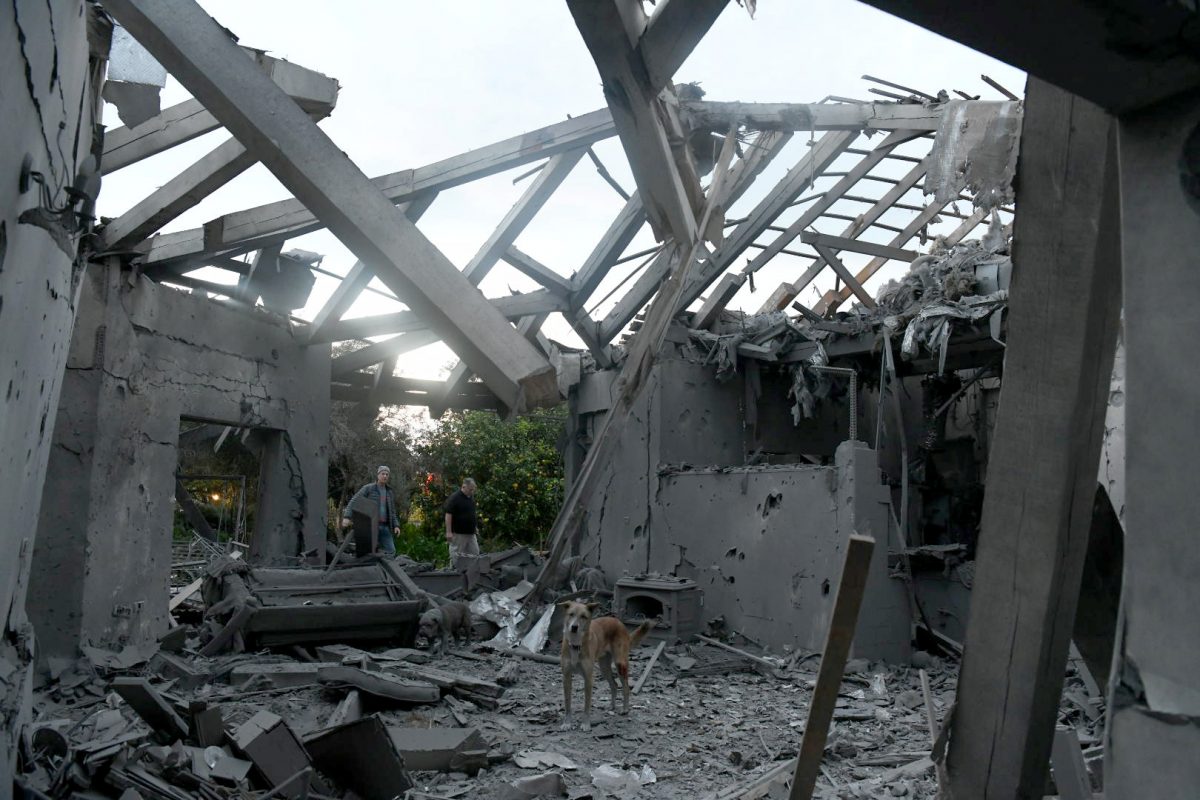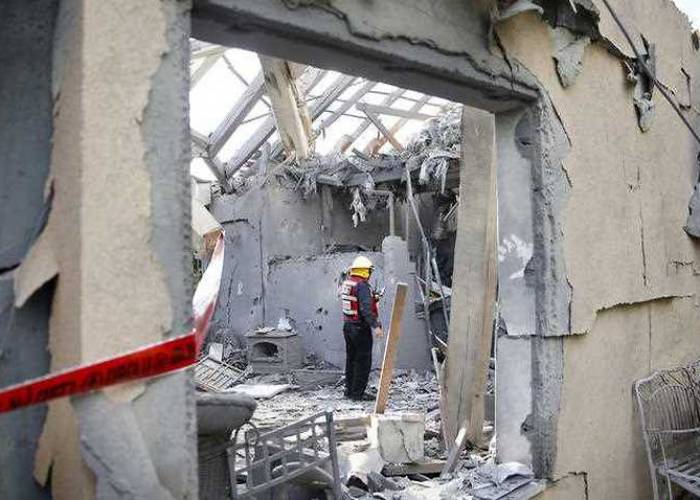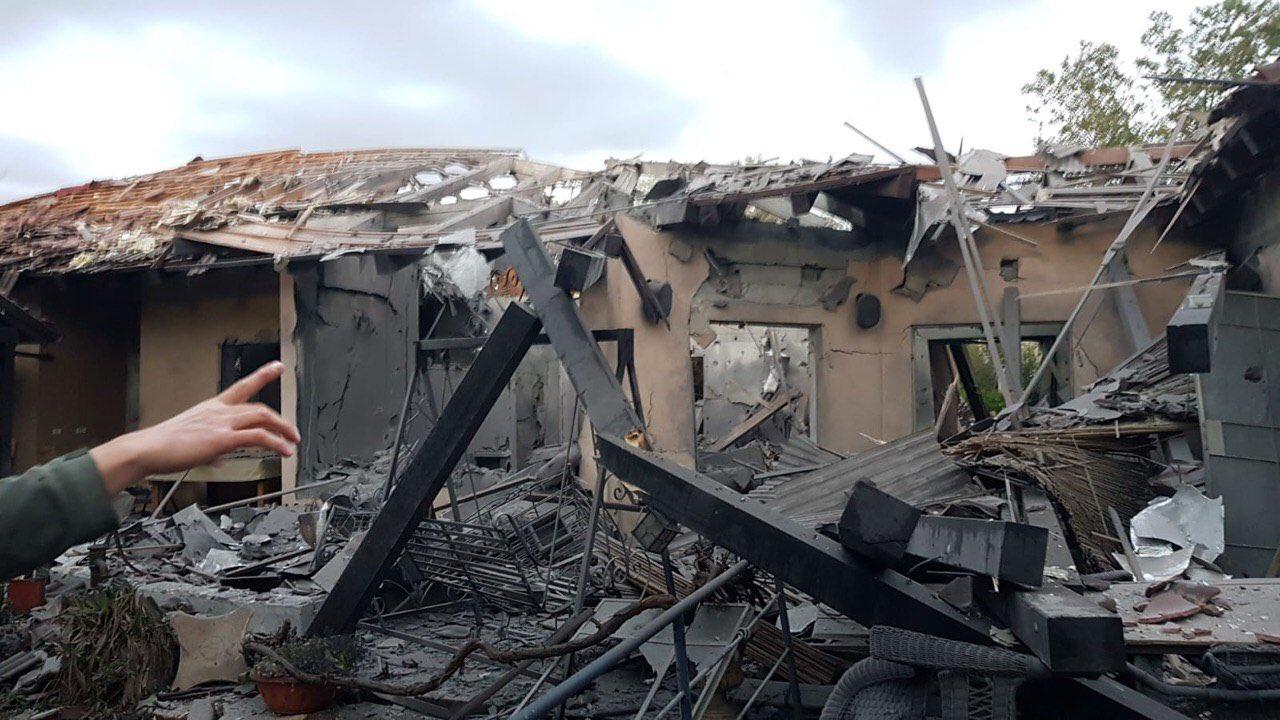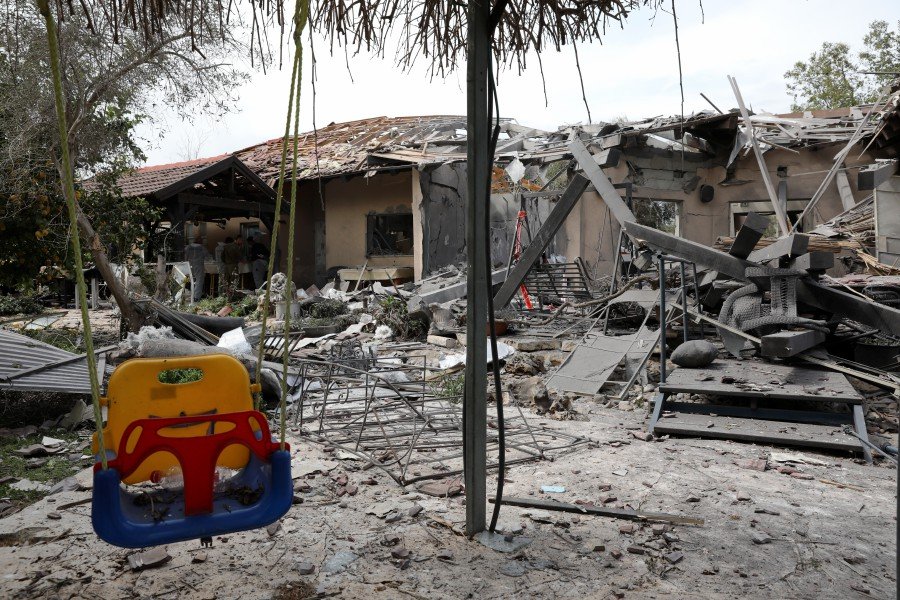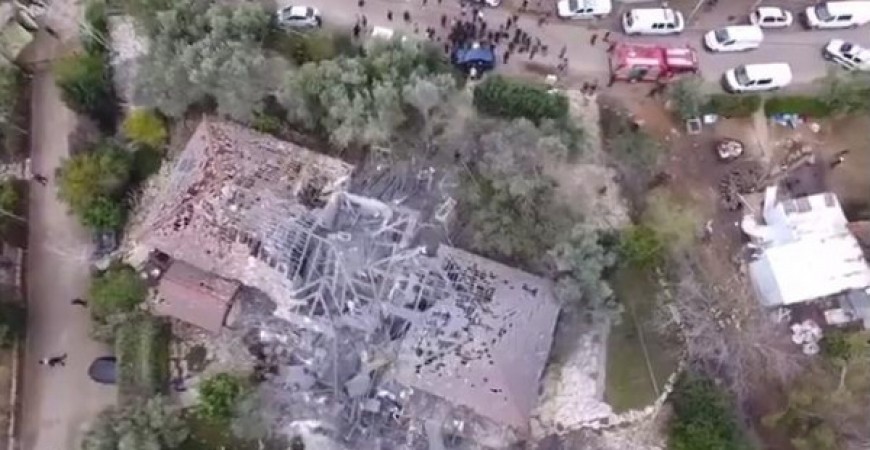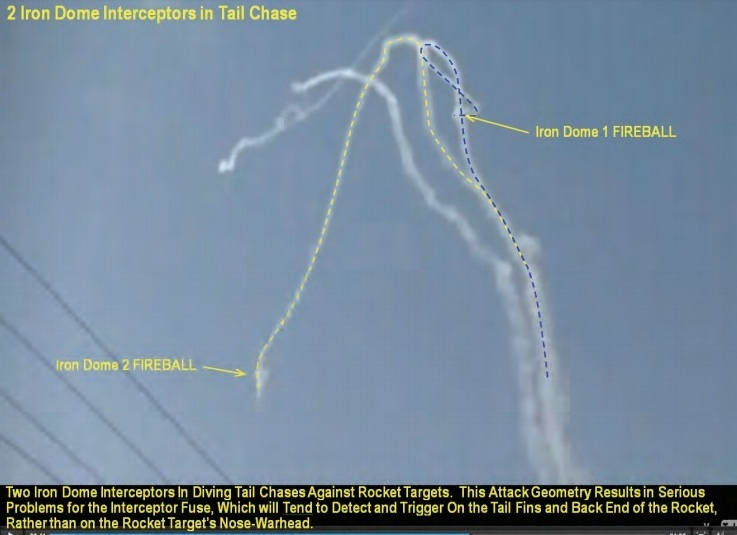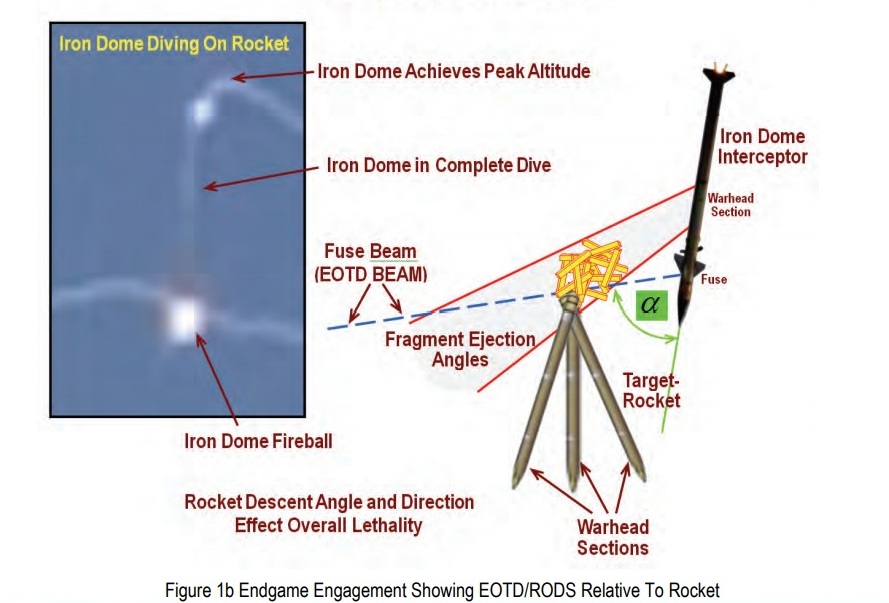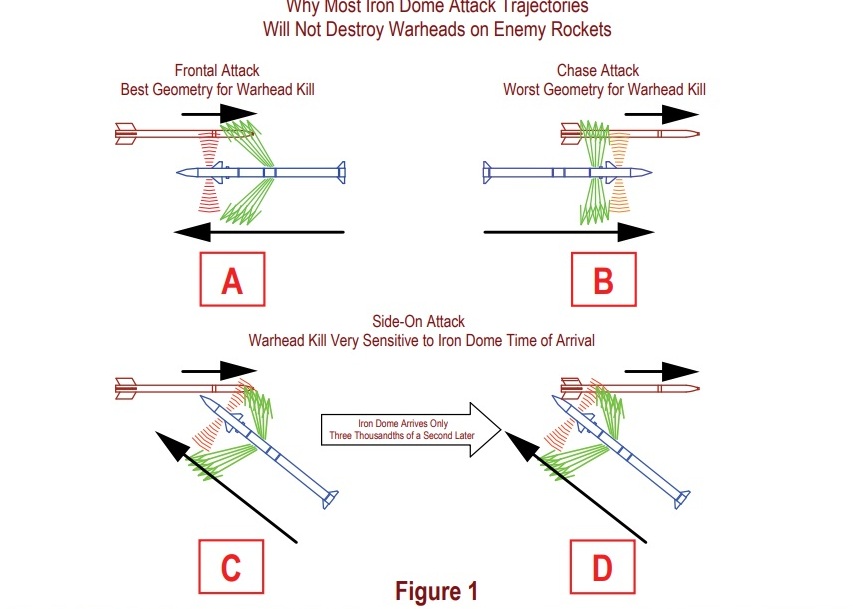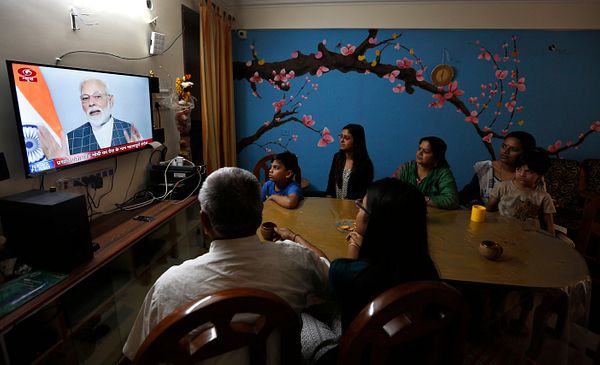E
ekemenirtu
Guest
Sayad-4 is derived from Sayad-3/2 which is derived from Standard-1.
You should provide evidence for your claim.
I am not proficient with computer graphics. That's why I hope you or other members or silent readers would be able to make sense out of my amateurish attempt at pointing out some external (aerodynamic) features of the Sayyad-4, Sayyad-3, Sayyad-2 and SM-1 (the latter is a desperately old and outdated system for the modern era) missiles.
Here, you can see the control surfaces on the Sayyad-2 missile (ignoring the strakes for a reason).
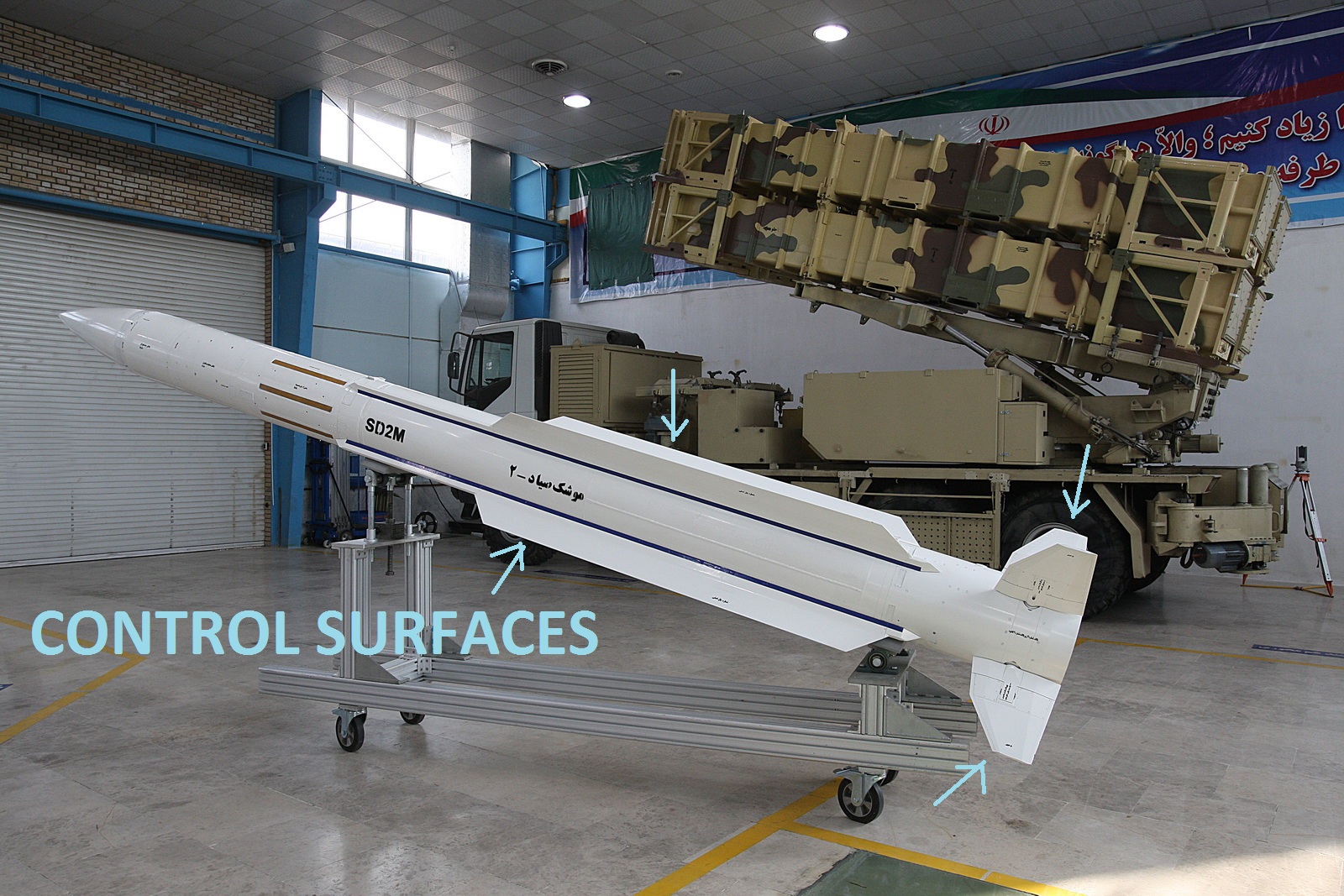
Here, you can see the control surfaces on the Sayyad-4, Sayyad-3, Sayyad-2 and the hopelessly outdated SM-1 missile compared.
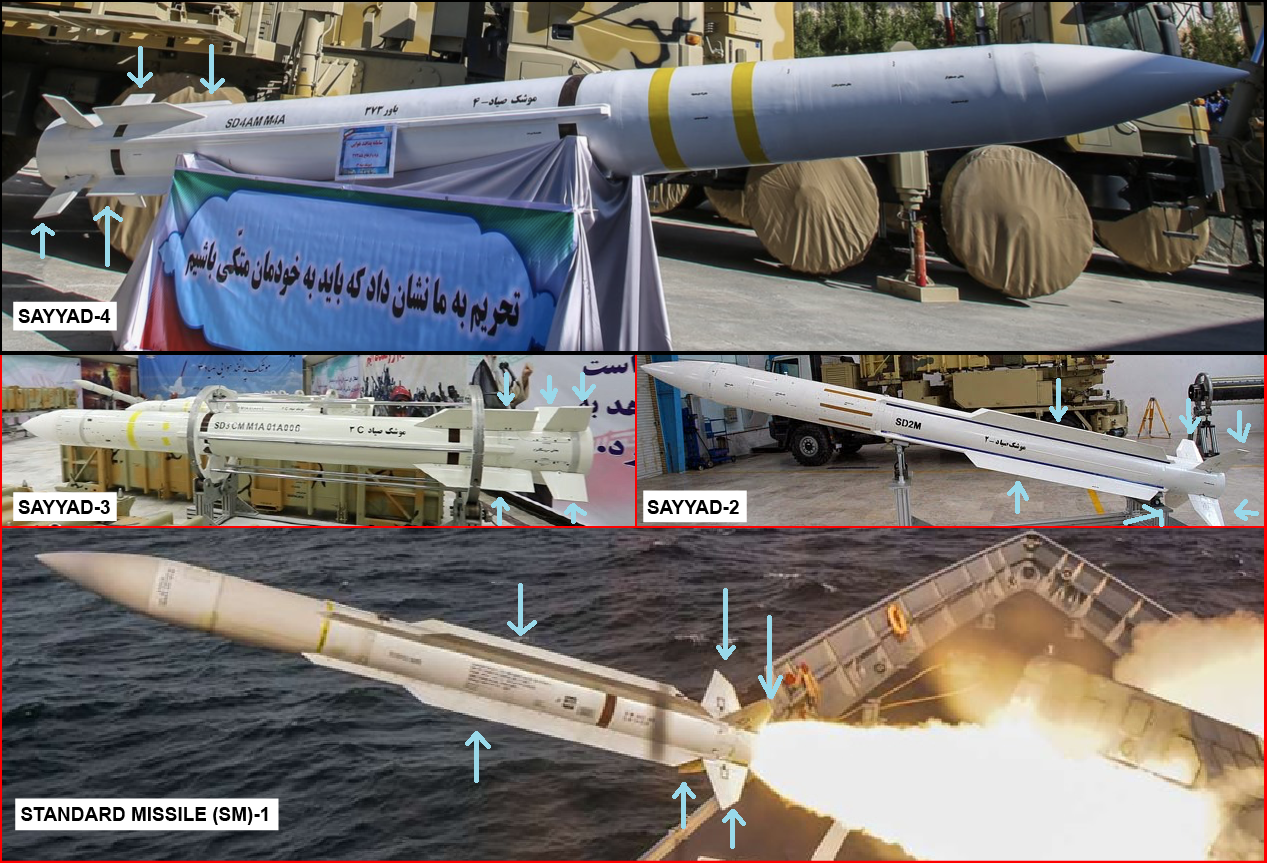
Can you view the images? What about other members?
If you can view the images, I hope it should be abundantly clear that the aerodynamic features of the Sayyad-4 missile differs from the Sayyad-2 missiles.
We also do not know if the same set of guidance, propulsion, warhead or algorithms are used in all of these Iranian missiles - the Sayyad 2, Sayyad 3 and Sayyad 4 missiles. There is ample evidence to suggest that the Sayyad-4 missile with thrust vectoring system would be intended to shoot down a different class of enemy targets than the shorter ranged, lower altitude, less maneuverable and lower-G capable Sayyad-2 missile.
The hopelessly outdated SM-1 missile is not comparable in this regard to the Sayyad-4 because it lacks any thrust vectoring, uses outdated guidance systems, seekers and lags behind in maximum altitude and range parameters.
Of course, if you only look at the dimensions or the external aerodynamic control surfaces, the missiles differ quite significantly too.
However, looking at the externally visible aerodynamic control surfaces alone is also
inadequate and could be misleading in a wide variety of cases.
They are far far more advanced and complicated. Less than 5 countries in the world can make such systems. SAM is not a big deal nowadays.
1. Whether exoatmospheric BMD systems are "far far more advanced" is irrelevant since that was never the topic of discussion.
2. There is no evidence that such BMD systems developed by the USA work adequately well.
If the proponents of the Arrow-2, Arrow-3 or THAAD systems believe they work, without fail, they should happily abandon
I. their nuclear weapons arsenal
II. their ballistic missile arsenal
III. cease anti-regime activities in Iran, North Korea, China or Russia since none of these 4 countries would be capable of delivering a conventional or nuclear payload to any enemy targets, thanks to the flawlessly accurate Arrow-2, Arrow-3 or THAAD.
If the above is accomplished, it would prove that the proponents of the THAAD, Arrow-2 or Arrow-3 systems believe in the efficacy of the above BMD systems.
However, we have yet to see any of the proponents of the THAAD, Arrow-2 or Arrow-3 systems do any of the above.
Arrow-2 is 100% Israeli design.
Arrow-3 is 80-85% Israeli design. (US designed some secondary components: motor cases, shroud, canister, Safe & Arm/Ignition Devices, power devices (batteries), and Inertial Navigation Units, as well as several avionics packages and actuators & valves).
Thank you for a controlled press release.
As you may very well know, official press releases often need to be taken with a grain of salt when it comes to matters of strategic significance.
Defence companies, by default, belong to that category.
There would be no conceivable need to involve the USA or any foreign enterprises in minor tasks anyway when all the critical design, test, production tasks can be accomplished in house.
I saw Iron Dome effect with my own eyes, during 2015 war when Hamas and PIJ launched dozens of Fajar-5 rockets at Tel Aviv and all were intercepted.
Good to hear your personal anecdote.
Unfortunately, as you may know, personal anecdotes are often inadmissible as evidence for a valid reason.
Of course, apart from personal bias, such anecdotes may suffer from selection bias or sampling bias. Disinterested parties may be able to provide better, more neutral evaluations.
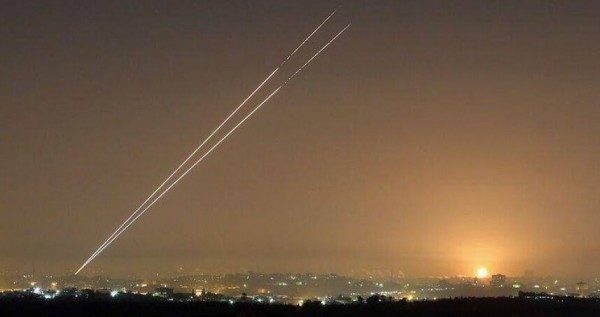
Israel's 'Iron Dome' air defense is a failure, Russia's systems actually work - here's why -- Sott.net
During the latest round of clashes in Gaza, the Israeli 'Iron Dome' air defence system (used for repelling local rocket and mortar attacks) managed to intercept less than 25 percent of the missiles fired into Israel by Palestinian armed groups....
Citing a study of the 2012 Gaza-Israeli clash, Postol points out conclusions made by the report that Iron Dome achieved an interception rate of less than 5 percent; when Palestinian rocket attacks were again mass-fired into Israel in 2014, post-attack reports on Iron Dome performance suggested very little improvement in the system.
In contrast to this, Syrian air defences confronted a joint American-British-French cruise missile attack in April this year and succeeded in intercepting 71 of the 103 missiles - all of which were sophisticated guided missile types designed to fly low, regularly change course and were aided by a barrage of radar countermeasure jamming from various sources.
Now, it would not be unexpected if you accuse the author or the publisher of the report of bias. That is expected.
You may also call them Russian propaganda. I believe that is a fair call and is to be expected as well. However, I hope you and other members will consider the possibility that, as an active member of the so called IDF, you can not publish or reveal any scandalous information that may diminish the artificially constructed 'image of invincibility' that "Israel"/Zionist regime would like to disseminate.
Part of this intense marketing effort would entail portraying any weapons used by the "IDF" as invincible, or failing which, as the best that is available on Earth today. This is equally valid for its "allied" entities such as the USAF, US Navy or US Army, for example.
In that case, I would like to refer you to the original work by the author. He is not a Russian citizen and quite ironically, a citizen of the USA. One might expect his personal tilt, if any, to be towards Western/allied entities. At worst, he is expected to be neutral in his analysis.
The evidence that shows Iron Dome is not working
Close study of photographic and video imagery of Israeli Iron Dome defense inceptors engaging with Hamas rockets—both in the current conflict and in the 2012 hostilities—shows that the Israeli rocket-defense system's success rate has been very low—as low as 5 percent or, perhaps, even less.
The evidence that shows Iron Dome is not working
By Theodore A. Postol | July 19, 2014During the November 2012 conflict, a detailed review of a large number of photographs of Iron Dome interceptor contrails revealed that the rocket-defense system's success rate was very low—as low as 5 percent or, perhaps, even less. A variety of media outlets have attributed the low casualty number to the supposed effectiveness of the Iron Dome system, quoting Israeli officials as saying it has destroyed 90 percent of the Hamas rockets it targeted. But close study of photographic and video imagery of Iron Dome engagements with Hamas rockets—both in the current conflict and in the 2012 hostilities—shows that the low casualties in Israel from artillery rocket attacks can be ascribed to Israeli civil defense efforts, rather than the performance of the Iron Dome missile defense system.
You are free to dispute this analysis, too, if you wish. Hopefully, you would be able to provide supporting evidence rather than mere press releases from the involved companies, individuals or entities.
David's Sling is specially designed against ballistic missiles. Its similar in capabilities or even higher to Patriot Pac-3 MSE.
Interesting that you say that.
It is interesting because promotional brochures from entreprises often tend to say their product is the best in the market. That is a common trait observed in many capitalist societies. Active promotion helps improve sales prospects.
Customers or third party analysts may take such words with a grain of salt.
Is there any proof/evidence of David's Sling or Pac-3 MSE successfully protecting any area/region against a salvo of ballistic missiles? You are free to attach such evidence; the more, the merrier.
The success rate of David's Sling or Pac-3 MSE may be worth studying. I hope you would be able to furnish the necessary evidence.
RQ-4 is slower and less maneuverable than Boeing-747. Shooting it easier than stealing a candy from a child.
I have no interest in stealing "candy from a child". Quite shameful if you do.
A USAF drone on a surveillance mission in the airspace over Iran should be able to protect itself - either through ECM or even chaff or flare.
If not, they should not have entered that airspace, or loitered near its vicinity collecting intelligence.
In either case, it points to a failure on the part of the USA. Whether you attribute the failure to the USAF or the prime contractor in charge of constructing the RQ-4 is entirely your prerogative since it would be a futile effort trying to allocate blame to one party over the other in a matter that cost them well over $100 million (more than the price of most fighter jets on the market).
As it stands, the 3rd Khordad air defence system has a successful "kill" against enemy aircraft.
The David's Sling - none.
Arrow 2 - none.
Arrow 3 - none.




